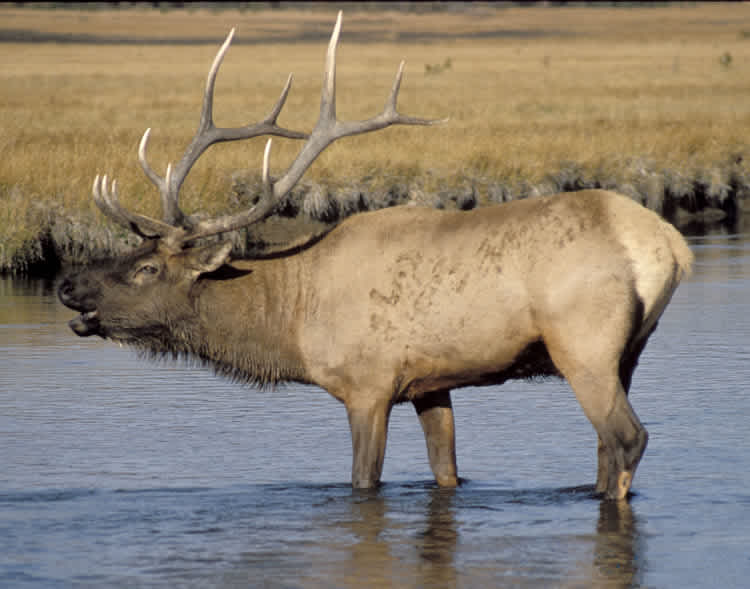Officials Fear Washington Elk Hoof Disease May Have Spread to Oregon
OutdoorHub Reporters 08.03.14

Officials with the Oregon Department of Fish and Wildlife say that the hoof disease affecting elk in southwest Washington may have spread further south. The disease, which causes elk hooves to become twisted and deformed, has become a major concern for wildlife officials in recent months. According to Jefferson Public Radio, Oregon experts are now studying two hoof samples that resemble the cases documented in Washington.
“From the lesions it looks very similar. And that’s kind of our presumptuous diagnosis which is why we’re going to be pretty vigilant about taking additional samples on anything that comes through our lab,” said Julia Burco, a veterinarian with the Department of Fish and Wildlife.
The samples were taken by hunters earlier this year in Multnomah and Clackamas counties, both of which are close to the border with Washington.
“No wildlife disease respects state borders,” Burco said. “I wasn’t too surprised.”
The issue is much more urgent in Washington, where wildlife officials have pledged up to $388,000 to fight the disease. Although the illness has been documented since the mid-1990s, sightings of affected elk shot up after 2008. Washington officials announced in late May that they tentatively identified the cause of the hoof disease as an infection caused by the Treponema bacteria. The Clark County Board of County Commissioners, which represents an area affected by the disease, recently passed a resolution to urge Governor Jay Inslee to increase state efforts toward fighting the disease. According to the board, the disease could affect the state’s $4.5 billion hunting and fishing industry, which employs 60,000 people. The board especially highlighted the possibility of the problem being exacerbated by herbicide.
“Citizens have a right to know, and the Board of Clark County Commissioners charges the state with finding out, whether herbicide application is rendering elk more susceptible to hoof disease or unable to recover from it,” stated the board’s resolution.
The Washington Department of Fish and Wildlife stated that there is no evidence that the hoof disease is linked to herbicide use, but their investigation is still underway.
“Bacterial hoof disease in elk presents a huge challenge for all of us,” said Washington Department of Fish and Wildlife’s Wildlife Program director Nate Pamplin. “We will continue to work with scientists, hunters, and local communities to assess its toll on area elk herds and determine our course of action.”

